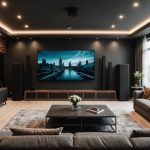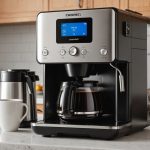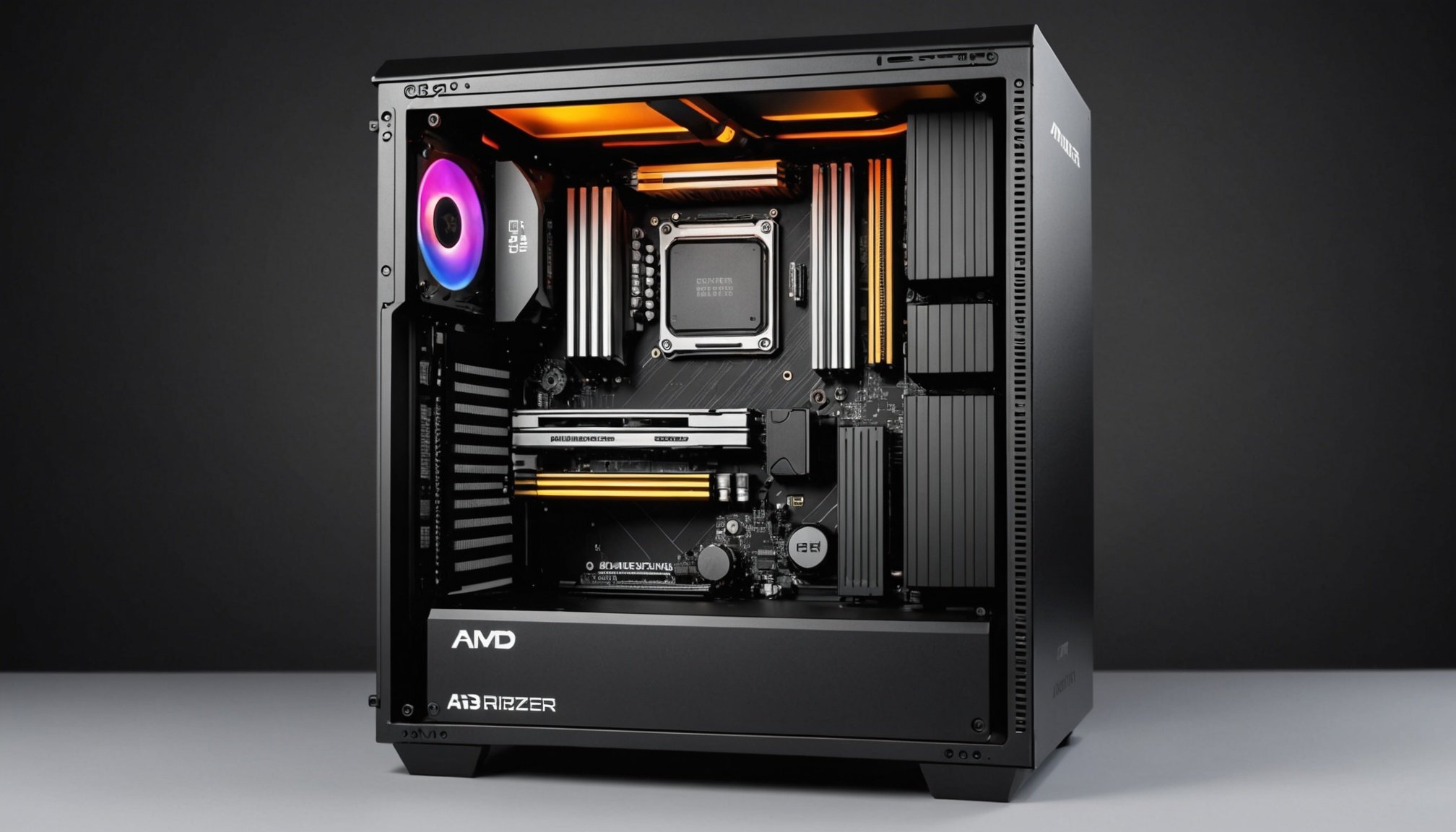Key Components for a 3D Rendering Workstation
Building a 3D rendering workstation demands careful selection of components to ensure optimal performance. At the heart of any rendering setup is the CPU. The AMD Threadripper 3960X is an exemplary choice, known for its remarkable performance in handling complex rendering tasks due to its multi-core capabilities. When selecting your system’s processor, remember that rendering efficiency often relies more on core count rather than sheer clock speed.
Choosing the right motherboard is crucial to support the CPU and other components. Look for motherboards compatible with the AMD Threadripper 3960X, ensuring support for multiple PCIe lanes. This is vital for high-speed data transfers, especially when working with heavy-duty graphics cards. Compatibility with high-performance memory is another factor, as efficient data handling can significantly impact rendering times.
Memory specifications should not be overlooked. Consider investing in at least 32GB of RAM, with an option to expand as project demands grow. High-speed RAM will facilitate faster computing processes, enhancing overall productivity in graphics-intensive tasks.
By selecting the right components, a 3D rendering workstation will provide the power and speed needed for any demanding project.
Topic to read : Ultimate guide to crafting your raspberry pi home security system with motioneye: key configurations you need
Setting Up a Workstation with AMD Threadripper 3960X
Creating an efficient AMD Threadripper setup involves careful workspace preparation, precise installation steps, and troubleshooting.
Preparing the Workspace for Assembly
Before starting your workstation assembly, ensure your workspace is clean and well-organized. Good lighting and an antistatic wrist strap are essential to protect components from static discharge. Lay out all necessary tools, such as screwdrivers and thermal paste, and have components like the motherboard, CPU cooler, and power supply easily accessible. This orderly setup simplifies the AMD Threadripper setup process and minimizes potential assembly issues.
Step-by-step Guidelines for Installation
Begin by inserting the AMD Threadripper 3960X CPU into its socket, ensuring it aligns correctly with the socket markings. Fasten it securely to avoid any movement. Apply thermal paste onto the CPU’s surface before attaching the cooler. Install RAM, making sure it clicks into place. Next, position your graphics card in the appropriate PCIe slot, securing it tightly. Power cables should connect to corresponding motherboard sockets, making sure they are snug.
Troubleshooting Common Assembly Issues
If your workstation doesn’t boot, double-check power connections and RAM placement. Misaligned components and loose cables often cause boot issues. Another common error is insufficient thermal paste application, which may cause overheating. Reapply paste for improved heat management. These fixes help streamline your workstation assembly.
Performance Benchmarks of the Threadripper 3960X
When it comes to processing prowess, the Threadripper 3960X performance sets a high bar. Initially, benchmark comparisons against other processors underscore its robust capabilities in both speed and multitasking.
Rendering benchmarks are where the Threadripper 3960X truly outshines its competition. With its impressive core count and clock speed, it dramatically accelerates rendering tasks. This makes it ideal for complex 3D rendering and video editing. Enthusiasts using demanding software will notice a marked improvement in their workflow efficiency.
Real-World Rendering Scenarios
In real-world rendering scenarios, the combination of 24 cores with high clock speeds plays a crucial role. Users often find that projects which previously tested the limits of their hardware now complete in noticeably shorter times. This performance gain is a game-changer not just for professionals but also for hobbyists involved in resource-intensive creative work.
A key factor in its performance is balancing clock speed with core count. While some processors deliver higher clock speeds or more cores, the Threadripper 3960X achieves a harmonious blend, enhancing its ability to execute multiple tasks simultaneously without compromising speed.
This balance is essential for achieving optimal performance in resource-demanding applications.
Optimization Strategies for 3D Software
Optimizing 3D rendering is essential for anyone looking to get the most out of their software settings and hardware capabilities. High-quality output and efficient workflow are the ultimate goals.
Recommended Settings for Popular 3D Applications
Each 3D software has unique settings that can significantly enhance performance. Familiarise yourself with rendering presets, as they adjust settings automatically. For instance, in Blender, adjusting samples and denoising can impact rendering time. Similarly, Maya’s settings for anti-aliasing and shadows often improve output quality substantially when properly configured.
Enhancing Memory and GPU Configurations
To optimize 3D rendering, ensure that your memory and GPU are adequately configured. Increase RAM allocation within the software settings to handle more complex scenes. Upgrading your GPU can also aid in balancing load for rendering tasks while providing smoother previews. Technologies like CUDA cores in NVIDIA GPUs further accelerate processes such as ray tracing.
Tips for Minimizing Rendering Time and Maximizing Output
Reducing rendering time is crucial for maintaining productivity. Utilize batch rendering to process multiple tasks concurrently. Adjust texture resolution and polygon count to lower levels where intricate detail isn’t required. Additionally, employing ambient occlusion settings smartly can balance quality and performance, ensuring you meet deadlines while maintaining a high standard of visual fidelity.
Potential Configurations for Various Needs
When exploring 3D workstation configurations, it’s essential to consider both the needs of hobbyists and professionals alike. Choosing a setup depends greatly on the specific tasks and applications, which can range widely in complexity. Those primarily working on hobby projects may not require the same level of performance as professionals engaged in extensive 3D modeling or animation.
Configurations for Hobbyists vs. Professionals
For hobbyists, a workstation that balances performance and budget is crucial. An entry-level tailored setup often suffices, providing adequate capabilities for less demanding software. On the other hand, professionals might require high-performance configurations to handle complex simulations and renderings efficiently. This might include more robust CPUs, significant RAM, and advanced GPUs, tailored to their application needs.
Balancing Performance and Budget
Balancing performance and budget can be challenging but prioritizing components that align most closely with your workload is a good starting point. Investing in upgrades that will offer the most significant performance boost, such as enhanced graphics cards or additional RAM, often yields the best results.
Customization Options
Customization options abound depending on your specific 3D applications. Whether focusing on rendering speed, real-time graphics, or simulation accuracy, there’s likely a configuration that can meet those needs without exceeding budget constraints.
User Reviews and Testimonials
Exploring user experiences through workstation reviews, potential buyers can gain significant insights into the real-world performance of devices.
Case studies of different users
Diverse users have shared their workstation experiences, highlighting varied needs and contexts. Consider a graphic designer who emphasizes the need for robust graphics performance, or a software developer who focuses on processing speed and multitasking. Their experiences typically focus on addressing specific professional requirements, showcasing how different workstations cater effectively to distinct workflows.
Feedback on performance and reliability
Performance and reliability remain at the forefront of workstation reviews. Users frequently praise devices that demonstrate consistent speed and stability, even under heavy workloads. Feedback often highlights important features such as processing power, cooling systems, and memory capacity. Reviewers value systems that support long hours of intensive tasks without lag, ensuring productivity and dependability.
Community insights and recommendations
Within tech communities, recommendations based on user experiences are abundant. Users often discuss their preferences, sharing valuable insights on the best devices for specific tasks or industries. These communal insights enable potential buyers to make well-informed choices, by considering recommendations and firsthand accounts of how particular workstations meet various professional demands.











